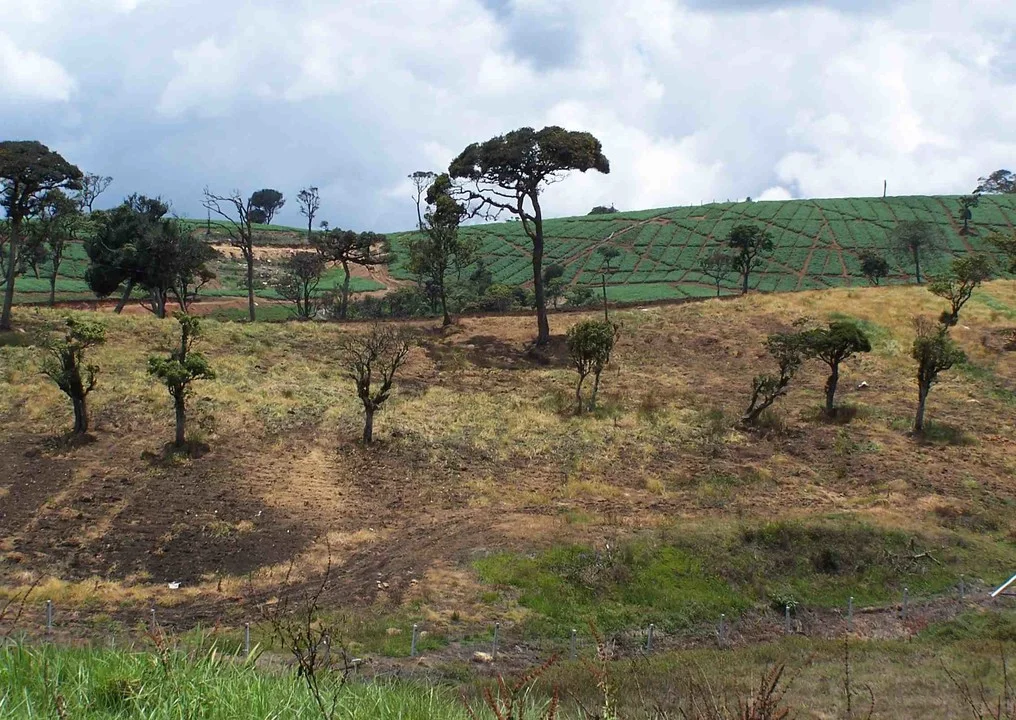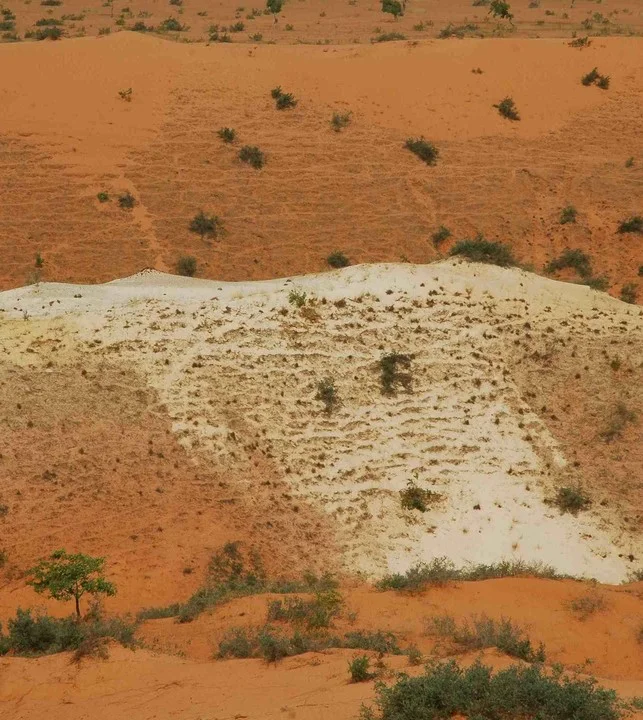There has long been a suspicion that there is a force other than Carbon Dioxide that is pushing climate change. In fact, the changes predicted are coming faster than expected, the forgotten agent that is exasperating the changing climate is ‘new water’. Burning fossil fuels does not only produce new carbon dioxide it also produces new water vapour. But it seems that we were lulled into a sense of false complacency by considering the water vapor produced as harmless. The water vapour that is produced, much like the carbon dioxide is emitted as gases that are completely new to the atmosphere. The Carbon and the hydrogen was fossil and had not entered the biosphere for over 20 million years. By burning fossil fuel, the gasses produced are new to the atmosphere and they disrupt the normal climate functions.
The urgent need to address these differences was given in the Statement issued by the Sri Lankan Presidential delegation at the COP 21
“We are aware of the great difference in carbon dioxide that is emitted from biological sources and carbon dioxide emitted from fossil sources. One has sequestered rates measured in thousands of years while the other in millions of years. Yet the cost is still the same. We would request the IPCC to address the relative costs of each. (Sri Lanka Country Statement COP21)
The statement above, underscores the importance of differentiating between biotic compounds and non-biotic compounds that we add to the atmosphere. We know that the consequence of burning fossil fuels will mean temperatures will rise, but the speed of that rise may be much more than the IPCC has computed, because they have not considered new water vapour from fossil fuel combustion as significant contributor to pushing the climate disruption. On the average water vapour accounts for about 60% of the warming effect on the atmosphere and is the largest contributor to the Greenhouse effect. It is the natural blanket that has kept the atmosphere warm enough to sustain life. But the IPCC ignores water vapour as a contributory cause of the warming trends by assuming humans don’t change it measurably. They wrote, “Water vapour is the most abundant and important greenhouse gas in the atmosphere. However, human activities have only a small direct influence on the amount of atmospheric water vapour”. This stand is dangerous and must be questioned. They have focused on the Carbon from fossil and biological fuels and in doing so, might have done the planet a great disfavour.
First, Water vapour is most important because it regulates and is maintained by the atmospheric temperature which limits the amount of water vapour in the air; but if something else that causes the temperature to go up is added, the increased temperature causes more water to evaporate. Because the temperature of the surrounding atmosphere limits the maximum amount of water vapour the atmosphere can contain, the water vapour cycle has helped maintain an equilibrium of temperatures in the past.
In the natural world, water vapour is a by-product of respiration in plants and animals and evaporation from water bodies. Its contribution to atmospheric pressure increases as its concentration increases. Because the total air pressure at any given elevation must remain constant. The presence of water vapour in the air naturally dilutes or displaces the other components of air. Thus the output of Water Vapour can have a direct effect on the Oxygen concentration in a local area. This feature might be a contributory factor to low Oxygen concentration levels, recorded in highly industrialised fossil burning cities.
Life on Earth learnt how to maintain gas and material flows, optimum for the evolution of biodiversity. Carbon Dioxide, although essential to the process of life, was being introduced into the atmosphere by volcanic processes at disruptive levels, throughout geologic history. But the gas has not concentrated in the atmosphere, because it was sequestered by living things and put away out of circulation from the biosphere of living carbon. This store of both carbon and hydrogen was fossilised and has been slowly accumulating over the last few hundred million years.
Burning fossil fuels releases that fossil store as ‘new’ Carbon Dioxide and ‘new’ water vapour. But unlike the other gasses in the atmosphere water vapour as a gas, will convert to liquid water at some point, leaving a constant level of water in the form of gas in the atmosphere. It is in this process of condensation that the hidden danger emerges.
Although the amount of vapour you can add to the atmosphere water increases with temperature and as atmospheric temperatures increases the amount of water vapour that the atmosphere can hold, there is a threshold limit, any excess has to condense as water. When water vapour condenses as water it releases heat at the rate of 2442 Joules per gram.
Considering that currently 35 billion barrels of oil and a similar volume of coal and gas is burnt per annum, a release of about 16,800 billion litres of water is added to the atmosphere. Thus the energy released by the condensation of the new water vapour produced by the annual combustion of fossil fuels adds up to a staggering 410,256,000,000,000,000 joules of energy, about half the energy released by the volcano Krakatoa or a as much as large nuclear bomb.
The energy equivalent of a large nuclear bomb is released each year into the atmosphere by the condensation of the water vapour created by burning fossil fuels, will make dramatic changes to the climate. Perhaps modellers should take in this aspect of fossil fuel combustion too.
The massive threat to life posed by the burning of fossil fuels is amplified by the ‘Water Bomb’ created by the energy of condensation of ‘new’ water produced by fossil combustion and puts another nail in the coffin of humanity.







